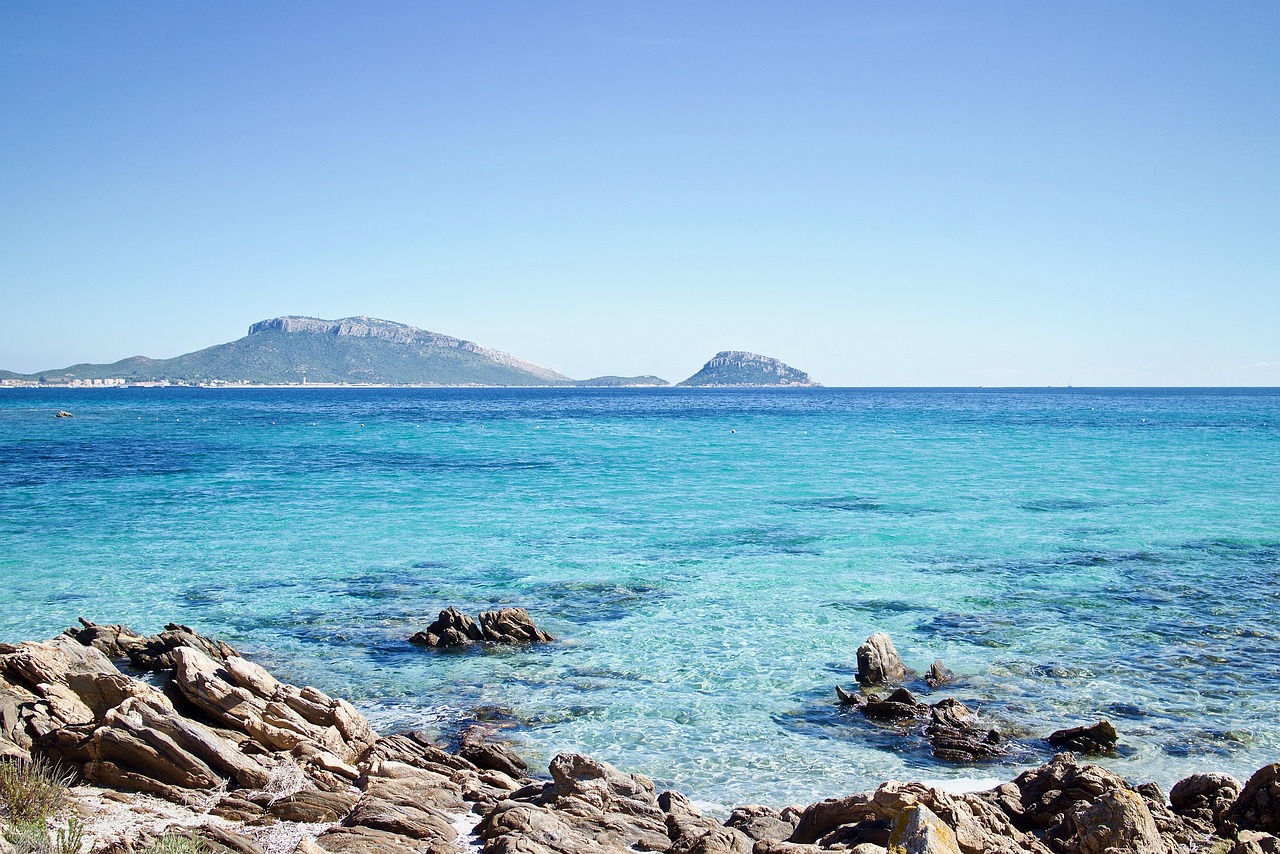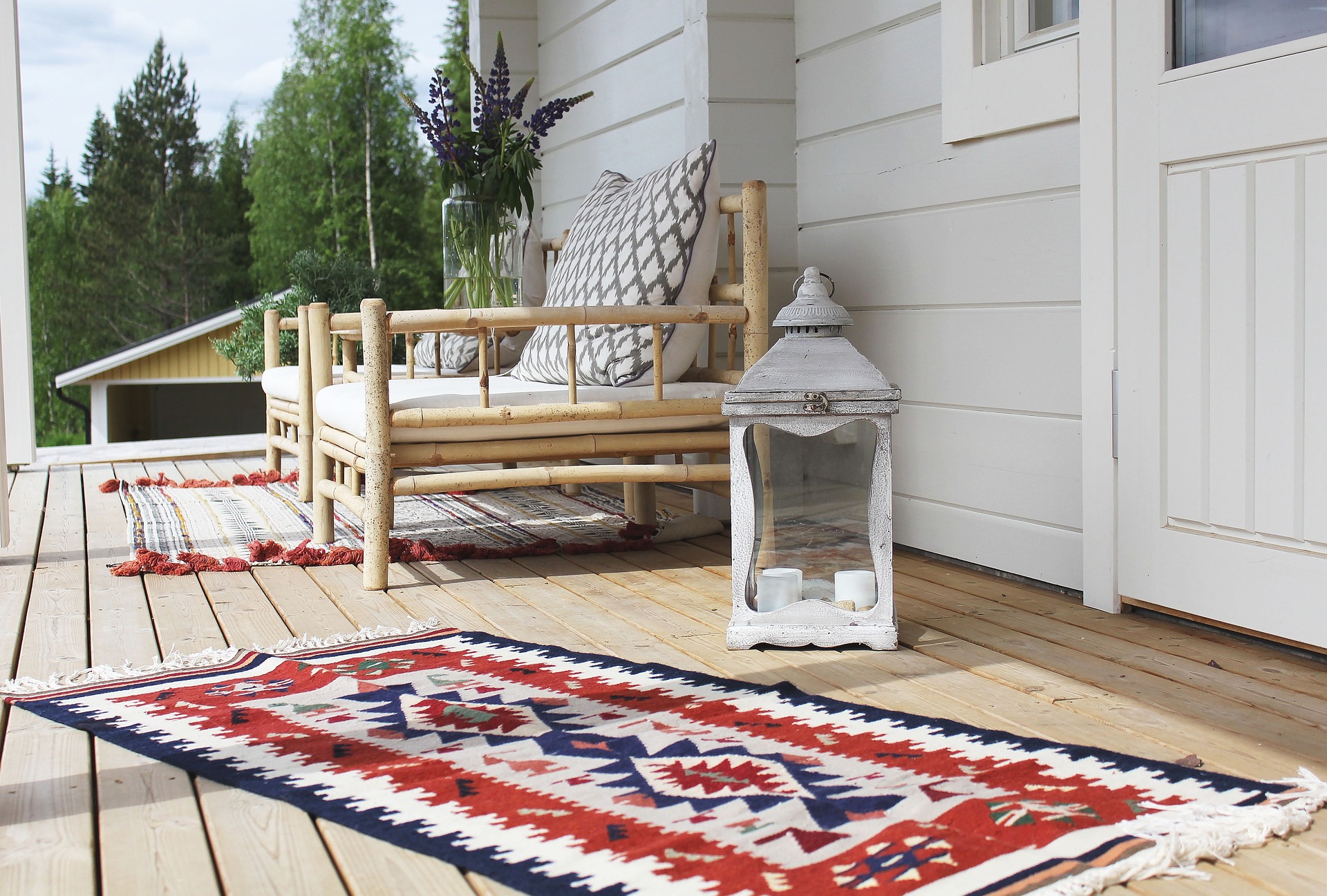Understanding the Role of Blue Zones in Longevity and Health
Introduction: Have you ever wondered why certain regions around the world have a high concentration of centenarians - people who live to be 100 or more? These areas, known as "Blue Zones," provide fascinating insights into the secrets of longevity and health. But what exactly are these zones, and what can we learn from them?

The Mystery of the Blue Zones
The term “Blue Zone” was coined by National Geographic explorer Dan Buettner in 2004 during his quest to identify regions across the globe where people enjoy significantly longer lives. Five regions were identified: Okinawa (Japan), Sardinia (Italy), Nicoya (Costa Rica), Icaria (Greece), and among the Seventh-day Adventists in Loma Linda, California. What’s fascinating is that these regions are geographically disparate, yet they share common lifestyle factors contributing to their residents’ longevity.
Lifestyle Factors for Longevity
Research into these Blue Zones has revealed several common factors that contribute to longevity. These include a predominantly plant-based diet, regular physical activity, strong social networks, and a sense of purpose or ikigai. Notably, these factors are not advanced medical treatments or revolutionary health practices. Instead, they are simple, everyday lifestyle choices that, when combined, contribute to a longer and healthier life.
Scientific Validation of Blue Zone Lifestyles
A wealth of scientific studies supports the lifestyle practices seen in the Blue Zones. For instance, research has consistently shown that a plant-based diet can reduce the risk of chronic diseases like heart disease and diabetes. Regular physical activity has been linked to improved cardiovascular health and cognitive function. And a strong sense of community and purpose has been associated with better mental health and overall well-being.
In Practice: Lessons from the Blue Zones
- Prioritize plant-based foods: Incorporate more fruits, vegetables, whole grains, and legumes into your diet.
- Stay active: Aim for at least 150 minutes of moderate exercise per week, as recommended by the World Health Organization.
- Foster social connections: Spend time with loved ones and cultivate strong relationships.
- Find your purpose: Identify what gives you a sense of fulfillment and purpose in life.
Looking Forward: Embracing Blue Zone Principles
As we unravel the secrets of the Blue Zones, it’s clear that longevity isn’t just about our genes; it’s about our lifestyle choices. By adopting some of the practices seen in these regions, we can enhance our well-being and potentially add years to our lives. The beauty of this approach is its simplicity and accessibility, reminding us that healthy living doesn’t need to be complicated or expensive.
In conclusion, the Blue Zones offer us a unique perspective on health and longevity. While we may not all live to be 100, incorporating these principles into our lives can help us live healthier, fuller, and perhaps longer lives. The key takeaway is clear: longevity is not just about living longer; it’s about living better.





